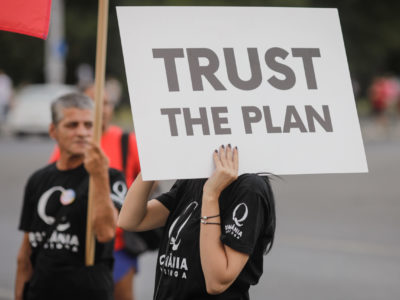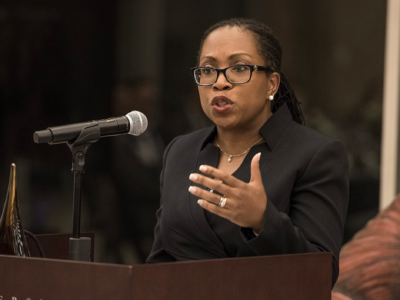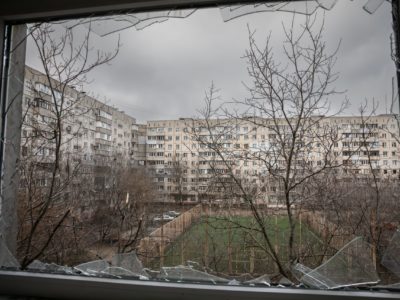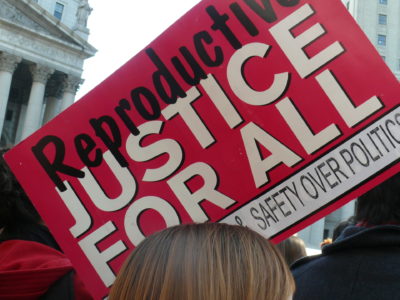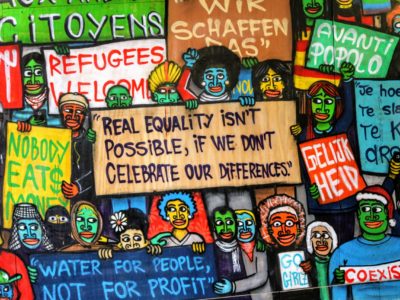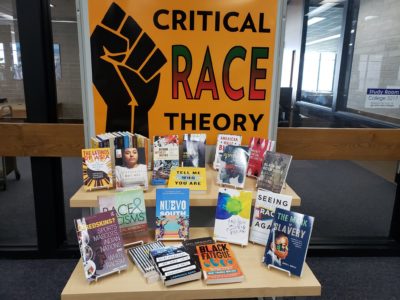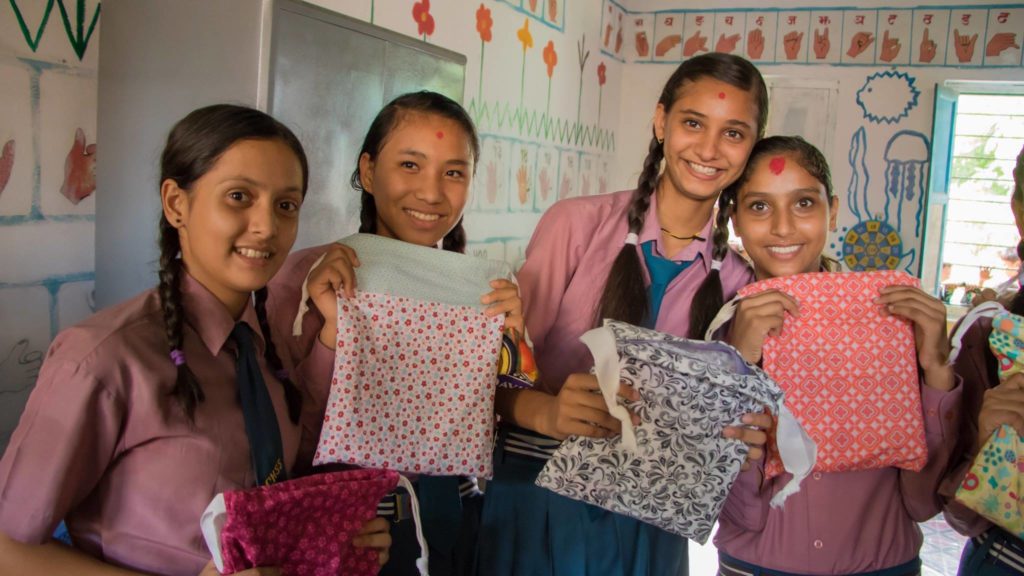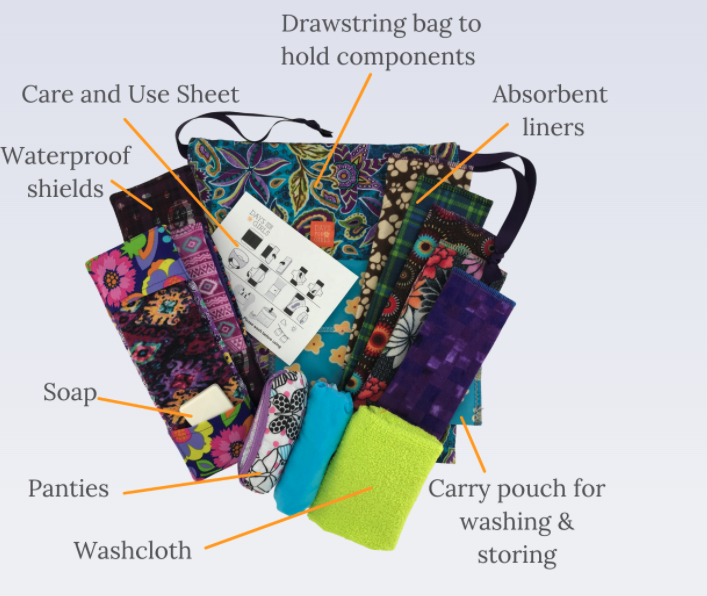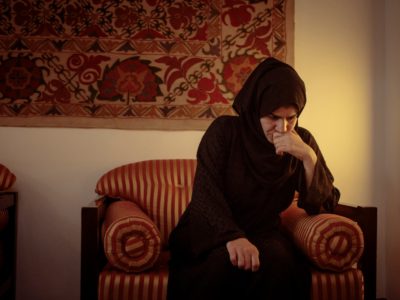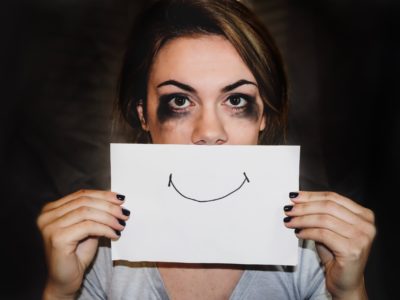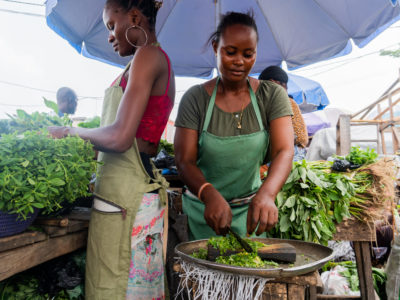- Jamelle Bouie, Ezra Klein, Jane Coaston and Lulu Garcia-Navarro discuss how the GOP fringe took over American politics for the New York Times.
- Gabriel Rosenberg, Duke Professor of Gender, Sexuality and Feminist Studies, wrote a Twitter thread about how the latest "groomer" panic is categorically different and more violent than what we've seen before.
- Writer Jude Doyle does a deep dive into the growing connections between anti-trans feminists and the far right. “It’s a grim irony that, by insisting on a ‘feminism’ without any trans women in it, TERFs have wound up constructing the tool by which fascists aim to destroy feminism altogether.”
- Roxanna Asgarian writes in NY Mag about how Texas became the most virulently anti-trans state in America, including directing the state’s child-welfare agency to conduct abuse investigations of parents who provide their children gender-affirming care.
- For the Editorial Board, Mia Brett writes about how Republicans are close to legalizing child marriage in Tennessee.
- Also in the Editorial Board, John Stoehr speaks with NYU Law Professor Melissa Murray about Ginni and Clarence Thomas and how their relationship affects perceptions about the Supreme Court's legitimacy.
- The editorial board of the Boston Globe wants the January 6 Committee to subpoena Ginni Thomas already.
- Elie Mystal argues in The Nation that post-Roe, Republicans are coming for marriage equality next.
- Gerren Keith Gaynor interviews Preston Mitchum about the harm to Black LGBTQ youth of the "Don't Say Gay" Laws.
- The Oregon GOP is running three QAnon and Proud Boy candidates.
- Trump admitted to speaking to key Republican figures at the time of the riot on 1/6. Greg Sargent argues that Merrick Garland should use this admission to launch a full investigation into Trump's communications that day.
- Speaking of which, there are 7 hours missing from Trump's phone records that day. Historian Tim Naftali writes in The Atlantic that Trump can't just erase history like Nixon did.
- On the bright side, the DOJ plans to investigate the boxes of records Trump illegally brought with him to Mar a Lago.
- The Child Tax Credit expiring is pushing voters towards the GOP. Meanwhile the GOP plus Joe Manchin are why it expired in the first place.
